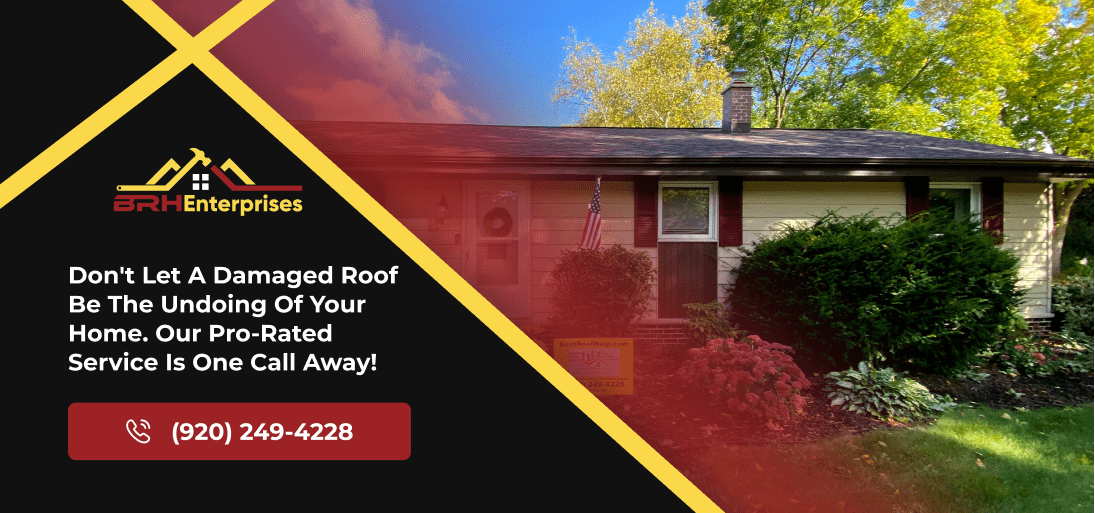9 Best Attic Insulation Materials: A Comprehensive Review
Estimated Reading Time : 6 Min.
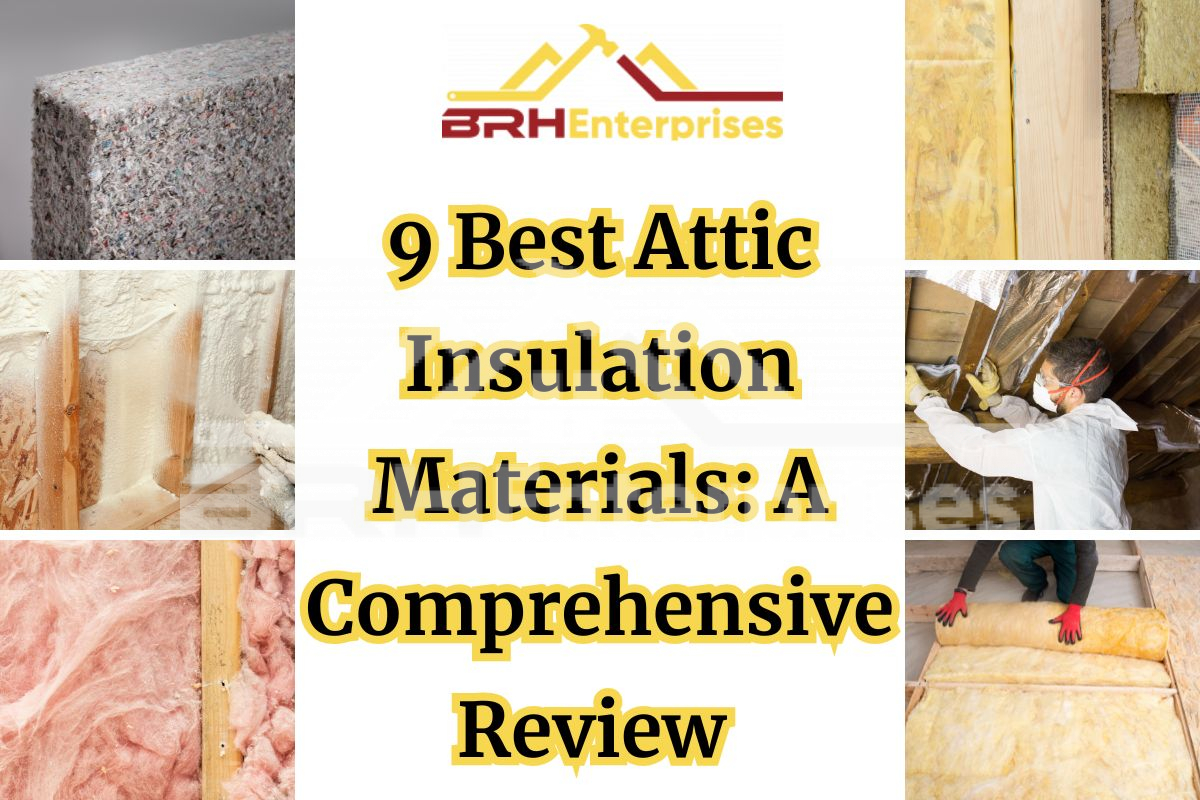
Attic insulation keeps your home comfortable year-round. It ensures warmth in winter and coolness in summer by preventing heat from moving between your attic and other rooms.
With different types of attic insulation available, choosing the right one can be challenging. To help you out, this blog post explores different options to help you find the best attic insulation material for your home.
Also Read: Top 5 Flat Roof Insulation Materials Of 2024
What Is The Best Insulation Material For An Attic?
#1. Cellulose Insulation
Cost: $0.60 – $4.20 per square foot
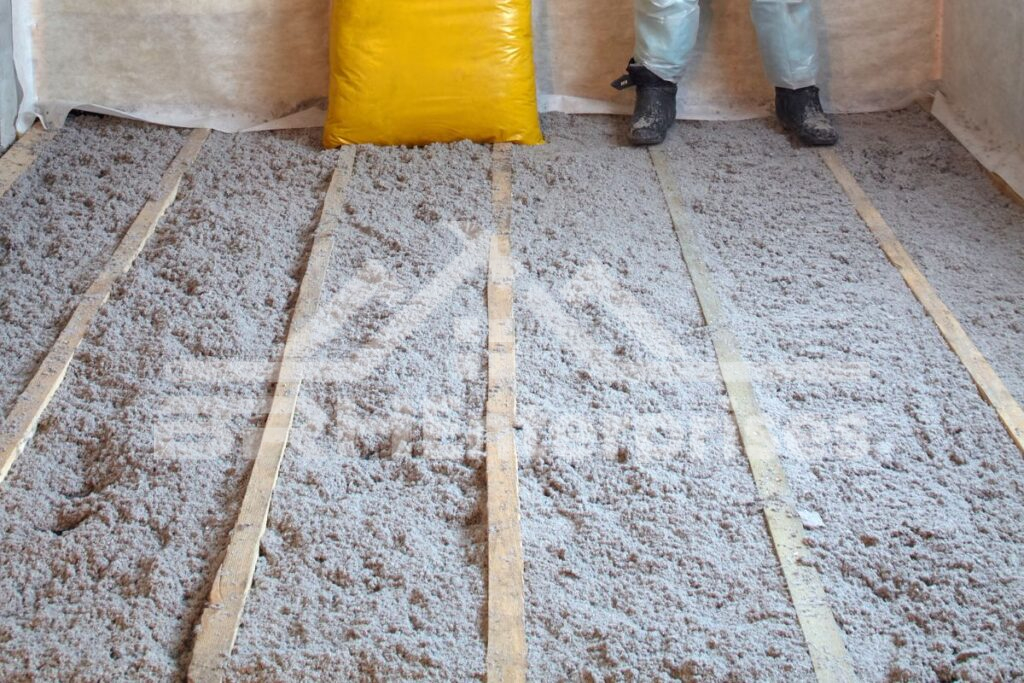
The first option, cellulose insulation, is a popular choice in Wisconsin for its excellent thermal performance and eco-friendly composition. Made from recycled paper, it fills cracks and crevices, providing optimal coverage and air sealing. With an R-value of R-3.1 to R-3.8 per inch, it helps reduce energy costs and noise transmission. Professional installation is recommended due to concerns about settling and moisture.
| PROS | CONS |
| Includes acrylic binder to prevent settling and R-value loss | Susceptible to moisture and mold if improperly installed |
| Good sound-dampening properties | Creates significant dust during installation |
| Treated with boric acid for fire and mold resistance | Messy installation, often requiring professional application |
Review
Made from recycled materials, cellulose is a great choice for Wisconsin homes. It fits into tight spaces, sealing air leaks well. It works well in both cold winters and hot summers.
#2. Spray Foam Insulation
Cost: $0.50 – $7 per square foot
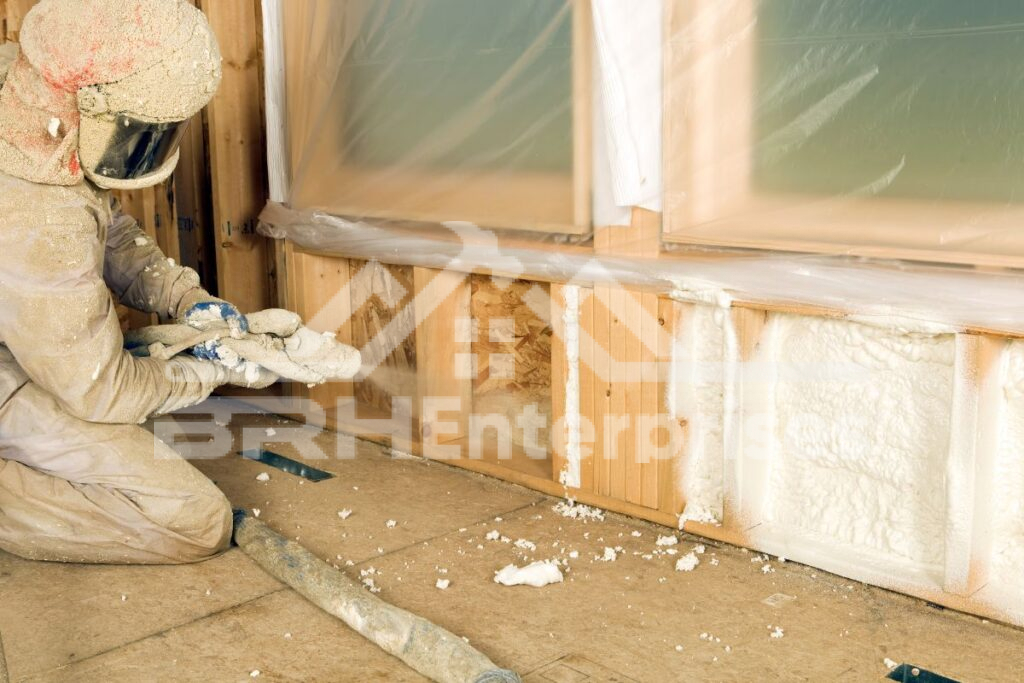
Ideal for Wisconsin’s varied climate, spray foam insulation offers excellent air sealing and thermal performance. Closed-cell spray foam, with an R-value of R-6 to R-7 per inch, is especially effective. Though it’s more expensive and requires professional installation, it resists moisture, mold, and pests, enhancing the building’s structural integrity and energy efficiency.
| PROS | CONS |
| Excellent air sealing and insulation properties | Significantly more expensive than other options |
| Fills small gaps for superior air tightness | Difficult to remove or modify if needed |
| Can improve structural integrity | Potential health and environmental concerns |
Review
With excellent thermal and air sealing performance, spray foam expands to fill gaps completely. It’s highly effective against Wisconsin’s extreme weather and maintains its insulation properties over time.
#3. Fiberglass Insulation
Cost: $0.30 – $1.50 per square foot
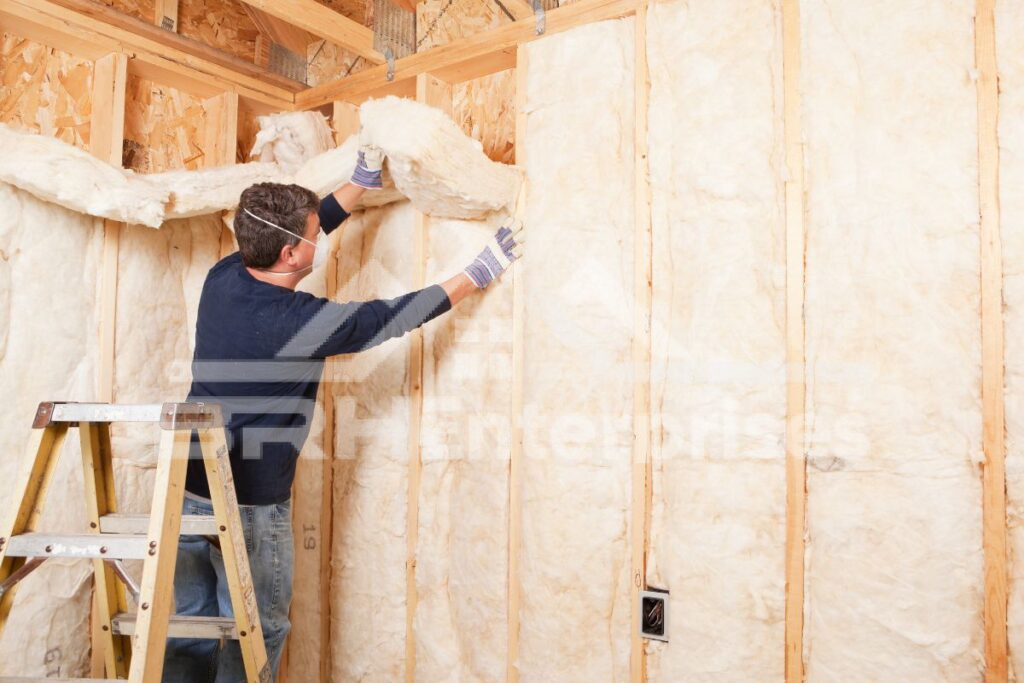
Widely used in Wisconsin, fiberglass insulation is cost-effective and easy to install. Available in batt and blown-in forms, it has an R-value of R-2.2 to R-4.3 per inch. It resists moisture, mold, and fire, providing good thermal and noise insulation. DIY installation is possible, but professional installation ensures optimal performance and minimizes air leaks.
| PROS | CONS |
| Relatively inexpensive compared to other options | May settle over time, reducing effectiveness |
| Resistant to moisture, mold, and mildew | Susceptible to air leaks if improperly installed |
Review
Fiberglass insulation is affordable but may leave gaps over time, reducing its effectiveness in Wisconsin’s climate. It’s a common choice but may not provide as much insulation as cellulose or spray foam.
#4. Polyisocyanurate (Polyiso) Insulation
Cost: $0.65 – $0.85 per square foot
Another great option, polyiso insulation, with an R-value of R-5.5 to R-6.5 per inch, is a top choice for Wisconsin’s roofing and wall applications. Its high thermal efficiency, moisture resistance, and long lifespan make it a durable option. While more expensive and harder to fit in uniquely shaped areas, its versatility and effectiveness in regulating indoor temperatures generally justify the investment.
| PROS | CONS |
| Excellent fire resistance, forms a protective layer under high heat | R-Value decreases significantly below 50 degrees, less effective in cold climates. |
| Lightweight, easy to cut and install | Prone to moisture absorption, affecting performance in wet conditions |
| High R-value per inch, efficient insulation in less space | Foil facers can inadvertently act as an unwanted vapor barrier |
Review
This rigid foam offers strong thermal performance and moisture resistance. It’s effective for Wisconsin’s climate but can be more expensive to install.
#5. Structural Insulated Panels (SIPs)
Cost: $10 – $18 per square foot
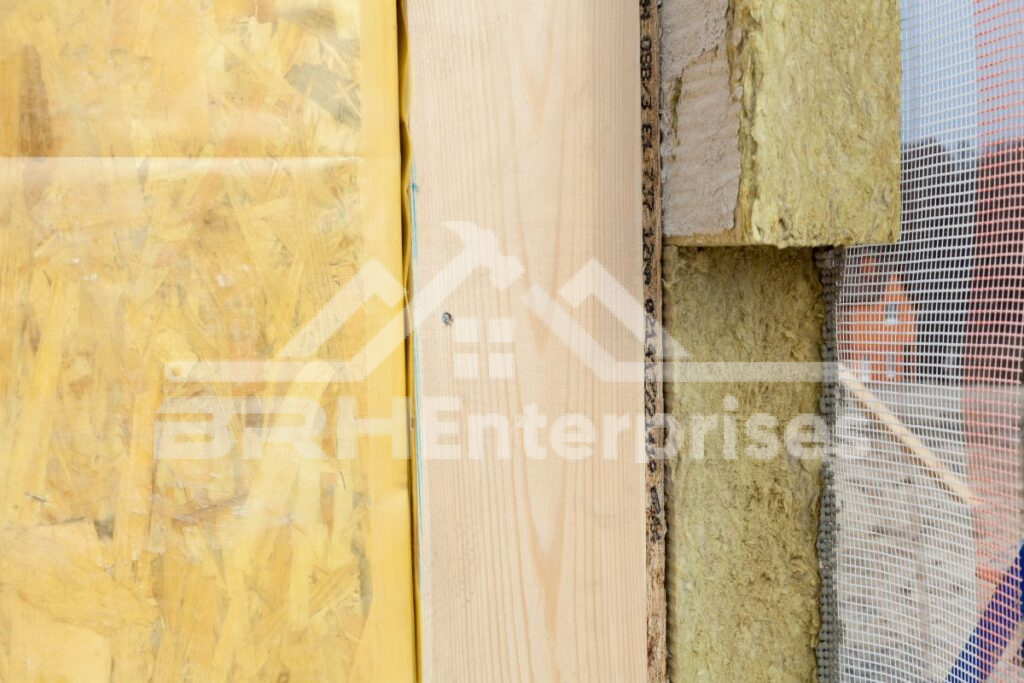
SIPs offer excellent thermal performance and structural support, making them ideal for Wisconsin homes. With an R-value of R-9 to R-21 per inch, these prefabricated panels ensure airtight construction, reducing energy costs. Though they have a higher upfront cost and require specialized installation, their durability and ease of installation are significant advantages.
| PROS | CONS |
| Superior insulation and airtightness | Susceptible to moisture-related issues |
| Design flexibility, allowing for larger spans | Higher upfront costs compared to traditional options |
| Structural strength due to foam core and OSB facings | Potential ventilation challenges |
Review
Combining foam insulation with structural panels, SIPs create a highly energy-efficient home envelope. They’re costly but beneficial for long-term energy savings in Wisconsin.
#6. Perlite Insulation
Cost: $1 – $1.50 per square foot
Perfect for Wisconsin attics, lightweight, naturally occurring perlite is used in buildings as a thermal insulator. Due to its non-toxicity, chemical inertness, and flexibility, it is frequently utilized as loose-fill insulation. Plus, it is fire-resistant, making it a long-lasting solution. Because of its superior thermal resistance, which contributes to the comfort of interior spaces, it is frequently used in Wisconsin homes.
| PROS | CONS |
| Fire-resistant and naturally occurring | Lower R-value of R-3 per inch |
| Consistent thermal performance | Dusty during handling |
| Lightweight and pest-resistant | Susceptible to moisture |
| Cost-effective | Not a renewable resource |
Review
Homeowners in Wisconsin value perlite for its ease of installation and soundproofing, especially in masonry homes. However, it can absorb moisture, which may affect its performance in very damp areas.
#7. Reflective Foil Insulation
Cost: $0.25 – $2.50 per square foot
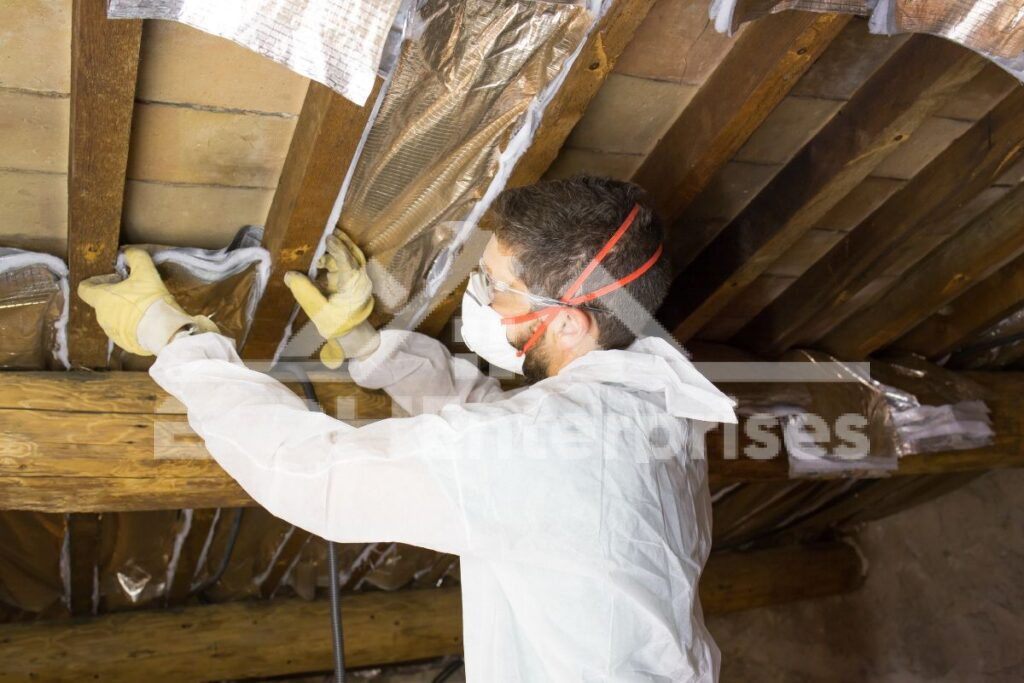
Reflective foil insulation is effective in Wisconsin’s summers, reflecting radiant heat and keeping attics cooler. Easy to install, it reduces the load on air conditioning systems and lasts over 50 years. Though it has a lower R-value (R-1 to R-6 per inch) and requires proper installation, it doesn’t support mold growth, making it suitable for humid environments.
| PROS | CONS |
| Effective at reflecting radiant heat, blocking up to 97% of heat transfer | Limited effectiveness in cold climates |
| Thin and lightweight, easy to install in tight spaces | Potential electrical hazards due to metallic foil facing |
| Acts as a vapor barrier when properly installed | Accumulation of dust and debris can reduce efficiency over time |
Review
Reflective foil insulation deflects radiant heat but may not provide the comprehensive insulation needed for Wisconsin’s weather extremes. It’s suitable for specific applications and is best used along with other insulation materials.
#8. Rigid Foam Insulation
Cost: $0.60 – $2 per square foot
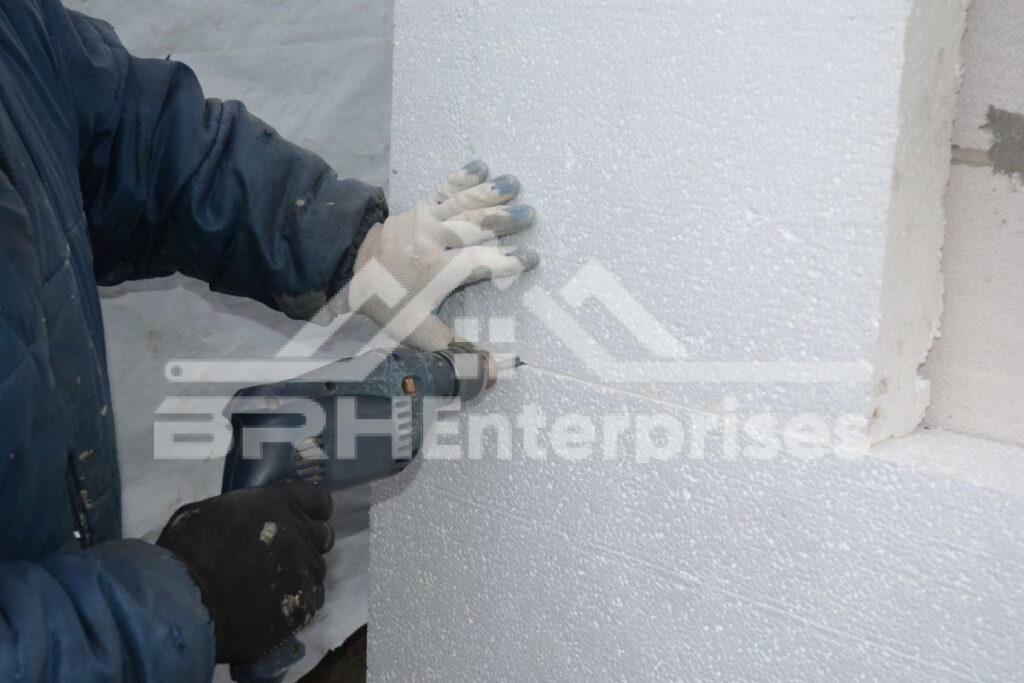
Rigid foam insulation, such as XPS or EPS, offers high thermal performance for Wisconsin homes. With R-values of R-5 to R-7 per inch, it reduces heat transfer and is moisture-resistant. Though more expensive and challenging to install in tight spaces, its durability and versatility make it a reliable long-term insulation solution.
| PROS | CONS |
| Provides continuous insulation, reduces thermal bridging | Vulnerable to UV damage if not protected |
| May add structural strength | Challenging installation around obstructions |
| Versatile applications in various areas | Higher initial cost |
Review
Moisture-resistant and providing an airtight barrier, rigid foam offers excellent thermal performance. It’s a bit more expensive but effective for Wisconsin homes.
#9. Mineral Wool Insulation
Cost: $1.40 – $4 per square foot
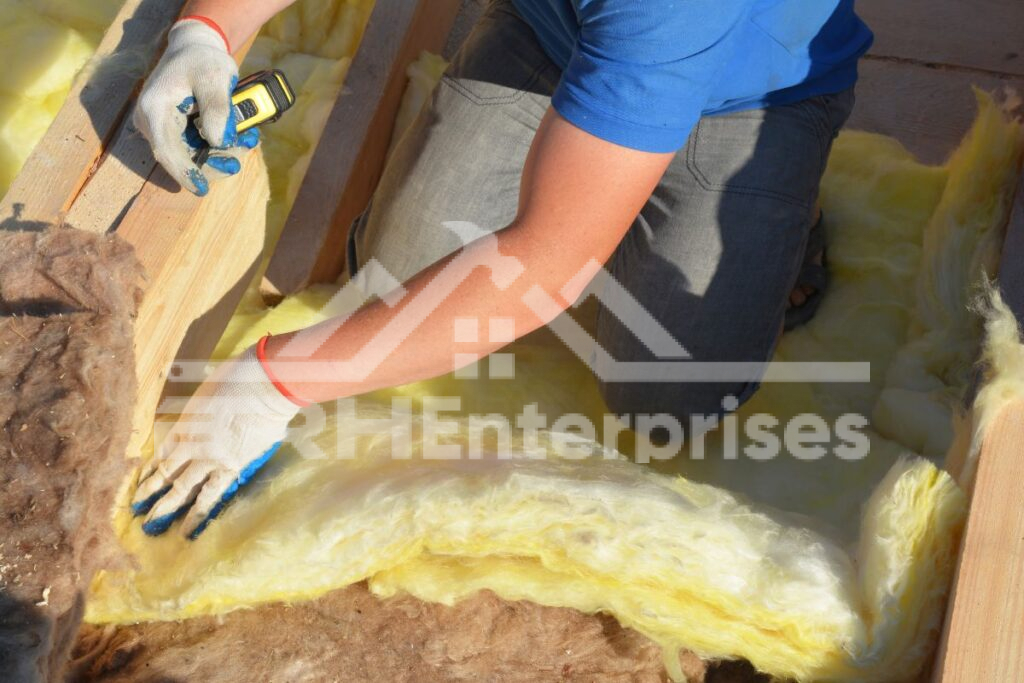
The last option on our list is mineral wool insulation, which is a safe, durable choice known for its fire resistance and thermal efficiency. With an R-value of R-3.5 to R-4.5 per inch, it also offers excellent sound insulation. Resistant to mold and pests, it’s a bit pricier and harder to install but ensures long-lasting performance and safety.
| PROS | CONS |
| Effective fire resistance | Higher energy consumption and carbon footprint in manufacturing |
| Superior sound insulation and absorbs noise effectively | Challenging installation around obstructions |
| Moisture resistance maintains insulation properties when wet | Higher initial cost |
Review
Natural and fire-resistant, mineral wool provides good thermal and acoustic insulation. It’s effective in Wisconsin but may be harder to install in tight spaces.
Conclusion
Choosing the right attic insulation is key to a comfortable and energy-efficient home. Consider your needs, budget, and local climate. Consulting a professional can help you make the best choice.
Trust BRH Enterprises for expert roofing services. We ensure quality installations, repairs, and maintenance for a protected, energy-efficient home. Experience professional service and quality craftsmanship with our team. Call us at (920) 249-4228.
